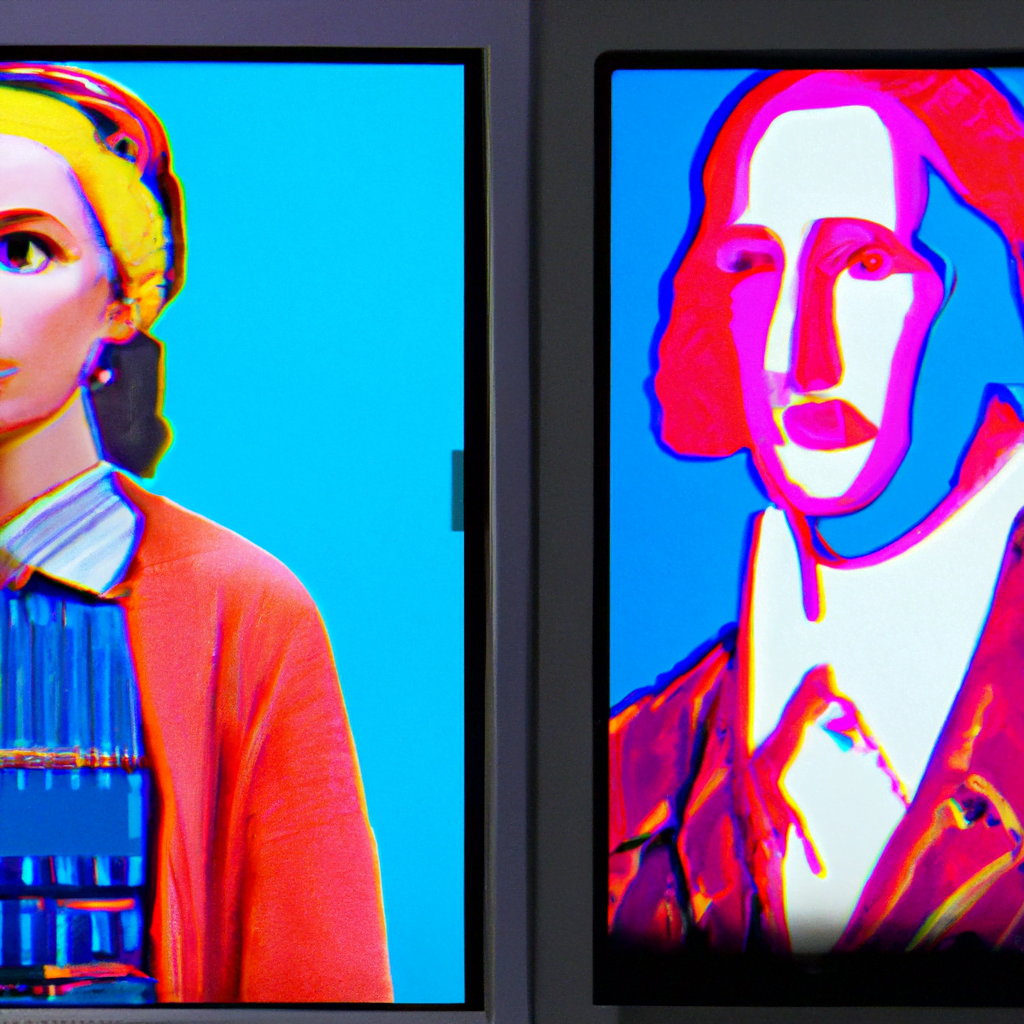
AI-Enabled Design Feedback and Critique Systems

Artificial Intelligence (AI) has revolutionized various industries, and the field of design is no exception. Designers often rely on feedback and critique to improve their work, but obtaining timely and constructive feedback can be challenging. This is where AI-enabled design feedback and critique systems come into play. These systems leverage AI algorithms to provide designers with valuable insights, helping them enhance their designs and make informed decisions. In this article, we will explore the benefits, applications, and challenges of AI-enabled design feedback and critique systems.
The Benefits of AI-Enabled Design Feedback and Critique Systems
AI-enabled design feedback and critique systems offer numerous advantages that can significantly enhance the design process. Here are some key benefits:
- Efficiency: AI systems can provide instant feedback, eliminating the need for designers to wait for human reviewers. This saves time and allows designers to iterate quickly.
- Objective Analysis: AI algorithms can analyze designs objectively, considering factors such as composition, color theory, and typography. This helps designers identify areas for improvement that may have been overlooked.
- Consistency: Human reviewers may have different opinions and biases, leading to inconsistent feedback. AI systems, on the other hand, provide consistent feedback based on predefined criteria, ensuring a standardized evaluation process.
- Scalability: AI-enabled systems can handle a large volume of design submissions, making them suitable for platforms with a high number of users. This scalability allows designers to receive feedback even in environments with limited human resources.
- Learning Opportunities: AI systems can provide designers with educational insights and suggestions for improvement. By understanding the reasoning behind the feedback, designers can learn and grow their skills.
Applications of AI-Enabled Design Feedback and Critique Systems
AI-enabled design feedback and critique systems find applications in various domains, including:
Graphic Design
Graphic designers can benefit from AI systems that provide feedback on visual elements such as layout, color schemes, and typography. For example, an AI system can analyze a poster design and suggest improvements in terms of visual hierarchy or font selection. This helps designers create more visually appealing and effective designs.
User Interface (UI) Design
UI designers can leverage AI systems to receive feedback on the usability and user experience of their designs. These systems can analyze user flows, identify potential usability issues, and suggest improvements. For instance, an AI system can detect a confusing navigation structure in a mobile app design and propose a more intuitive alternative.
Web Design
Web designers can use AI-enabled systems to evaluate the accessibility and responsiveness of their designs. These systems can analyze the design’s compatibility with different devices and screen sizes, ensuring a consistent user experience across platforms. They can also provide feedback on color contrast ratios to comply with accessibility guidelines.
Industrial Design
AI systems can assist industrial designers in evaluating the ergonomics and functionality of their product designs. By analyzing factors such as user interaction, material selection, and manufacturing feasibility, these systems can provide valuable insights for improving the design’s usability and manufacturability.
Challenges of AI-Enabled Design Feedback and Critique Systems
While AI-enabled design feedback and critique systems offer significant benefits, they also face certain challenges. It is important to be aware of these challenges to ensure the effective implementation of such systems. Here are some key challenges:
- Subjectivity: Design is a subjective field, and AI algorithms may struggle to capture the nuances of subjective preferences. While AI systems can provide objective analysis, they may not fully understand the emotional or cultural aspects of design.
- Contextual Understanding: AI systems may lack contextual understanding, leading to inaccurate feedback. For example, an AI system may suggest changes that are technically correct but do not align with the design’s intended message or target audience.
- Data Bias: AI algorithms learn from existing data, and if the training data is biased, the system may produce biased feedback. It is crucial to ensure diverse and representative training data to mitigate this issue.
- Overreliance: Designers may become overly reliant on AI feedback, potentially stifling their creativity and intuition. It is important to strike a balance between AI assistance and human expertise.
- Ethical Considerations: AI systems should adhere to ethical guidelines, especially when dealing with sensitive or personal data. Privacy, security, and transparency should be prioritized to build trust with users.
Case Studies: Successful Implementation of AI-Enabled Design Feedback Systems
Several companies and platforms have successfully implemented AI-enabled design feedback and critique systems. Let’s explore a few case studies:
Canva
Canva, a popular online design platform, utilizes AI algorithms to provide design feedback to its users. The system analyzes designs for composition, color usage, and typography, offering suggestions for improvement. Canva’s AI feedback system has helped millions of users create visually appealing designs without the need for extensive design knowledge.
Figma
Figma, a collaborative design tool, incorporates AI-powered design feedback features. The system analyzes designs for consistency, alignment, and accessibility, providing real-time feedback to designers. Figma’s AI feedback system has improved collaboration among design teams and accelerated the design iteration process.
Adobe Sensei
Adobe Sensei, Adobe’s AI platform, offers various AI-powered features for designers. One of its applications is providing design feedback and suggestions. Adobe Sensei can analyze designs for composition, color harmony, and content organization, helping designers enhance their creative work. The integration of AI feedback in Adobe’s design tools has empowered designers to create more impactful designs.
Summary
AI-enabled design feedback and critique systems have transformed the design industry by providing designers with valuable insights and suggestions. These systems offer benefits such as efficiency, objective analysis, consistency, scalability, and learning opportunities. They find applications in graphic design, UI design, web design, and industrial design, among others. However, challenges such as subjectivity, contextual understanding, data bias, overreliance, and ethical considerations need to be addressed for effective implementation. Successful case studies from companies like Canva, Figma, and Adobe demonstrate the positive impact of AI-enabled design feedback systems. As AI continues to advance, these systems will play an increasingly important role in improving the quality and efficiency of design processes.
